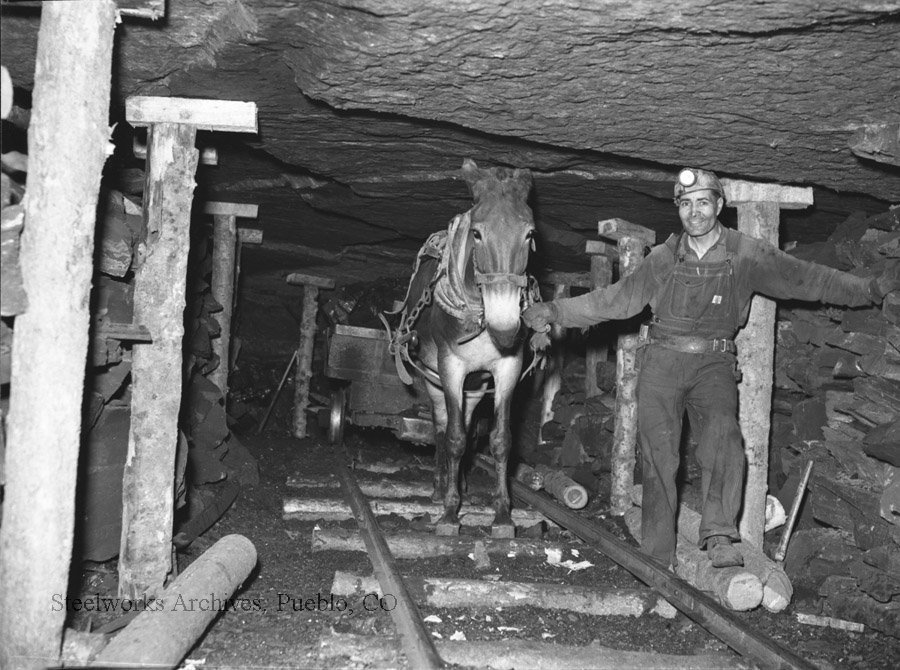Historical Commission Corner
With the onset of summer and the decline in the need for heating fuel, the coal mines of the Northern Fields would cut production to a minimum. Using a skeleton crew, the mine operators used up stockpiled coal and put the few remaining miners to work on general maintenance and clean-up at the mine. The local coal couldn’t be stored during the off-season because it was sub-bituminous and tended to crumble into pieces or even flare up from spontaneous combustion.
This description was characteristic of the Industrial Mine here in Superior. What did area miners do while laid off from the mine during the summer? Many went to work on the local farms. Over the years, then, many strove to acquire property of their own. It was typical for miners to work in the depths during the season of high demand and take to the fields and orchards during the slow season.
A shining example of this scenario is Superior’s Frank Grasso, a Polish immigrant miner who eventually operated a small, successful farm operation located in today’s Grasso Park in Original Town. He kept a small herd of dairy cattle, pigs, and chickens, supplying townsfolk with milk, butter, eggs, bacon, and ham.
An interesting sidebar of this story has to do with mules. Until electrification, mules were used down in the depths of the mine to pull the mine cars on the tracks running through the shafts. With the decline in mining activity, the mules would be brought out of the mine to spend the summer outdoors. The Industrial had a corral on the hillside above the mine for the mules. It would often take days before vision would return to the mule’s eyes. Frequently their eyes would be covered for a while to ease the shock of the bright sunlight.
The mules were very valuable to the mine owners, often considered to be worth more than the miners themselves. They easily cost hundreds of dollars whereas a replacement miner was readily available. Upon learning of an accident in a mine, the operator often would ask, “How many mules did we lose?” before wondering about the fate of the men.
 A mule and miner work the Cameron Mine south of Walsenburg. Although not from this area, the mine was characteristic of Northern Colorado fields in that the coal seam was about 6-8 feet think. Many miners became stooped in later years due to the low ceilings of the mines. Photo from public domain.
Did you know . . .
- The two mountains southwest of Walsenburg called the Spanish Peaks were known as the “Breasts of the Earth” by Native Americans?
- Hinsdale County’s Slumgullian Pass was so named because of the appearance of a variegated rockslide that resembled slumgullian stew to settlers there?
- That when completed in 1882 by the South Park Railroad, the Alpine tunnel was the first constructed through the continental divide and the highest and longest narrow-gauge tunnel in the United States? At 11,523 feet in elevation and nearly 1800 feet long, the short-lived tunnel provided access into the Gunnison Valley.
The Historical Commission continues to develop plans for debris removal from the destroyed museum and is hoping to open a temporary museum in the former Building Department bungalow in Grasso Park.
There are now two openings on the Historical Commission. More information and application forms are available on the Town website. Also, we are now able to accept donations of historical items that would fit our mission as we replace our lost artifacts.
For more information contact Lydia Yecke, Historical Commission Staff Liaison, at 303-499-3675 or Larry Dorsey, Commission Chair, at 303-499-1969. This and the March edition were written by Larry Dorsey and proofed by Dorothy Mahan.
|